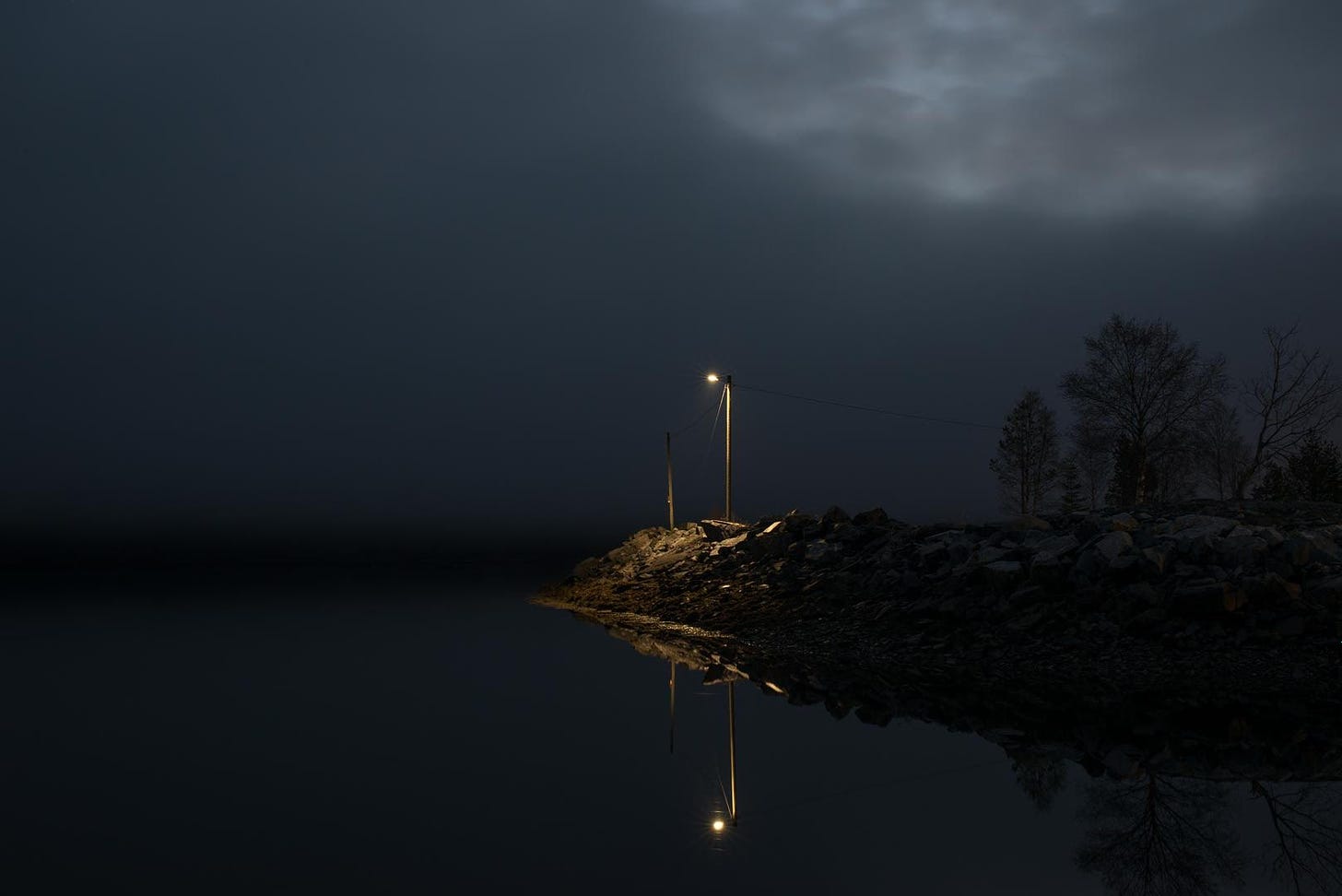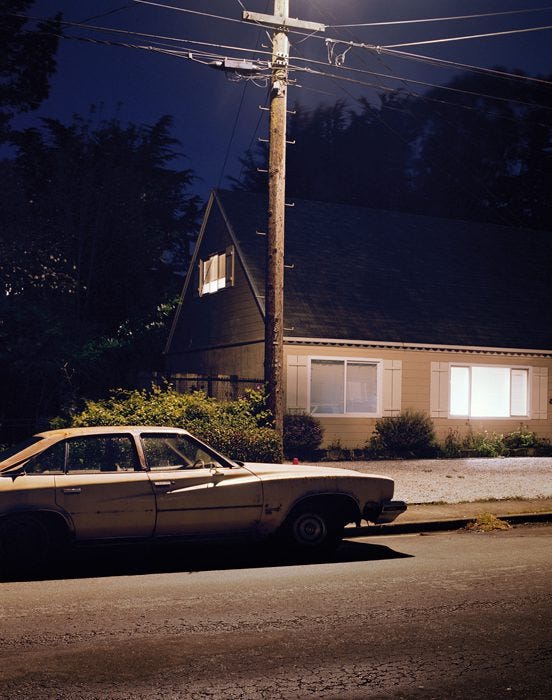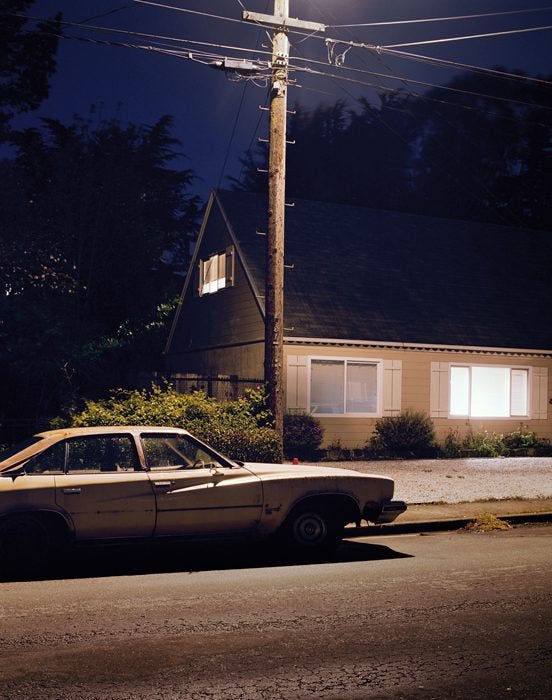Leadership in Chaos: 15th edition.
octopuses, consensus trap, little things.
Yvon Chouinard — rock climber, “existential dirtbag,” and founder of Patagonia

Todd Hido
Resilience: octopuses.
In business, words can become tired and lose all meaning (semantic satiation). They become corporate speak. Nothing more than a signal. Box ticking. Resilience is in danger of becoming one of them. Which is why this post on resilience and Octopuses resonated. Resilience and people, are a bit like Octopuses. Which are intelligent, can use tools, remember faces, and when facing danger, can chop a limb off as a decoy. Then grow it back. Which is quite cool. But, as the writer points out, when they do lose a limb, they also lose a little bit of their central nervous system. And growing it back, takes lots of energy. So they’re reduced by the need to do so. As she says, “Resilience is the ability to regrow, or to survive in a holding pattern, but it’s exhausting”.
A thought for leaders: The writer says, “I think we should honour resilience but also recognise that it takes something from a person who has to keep bouncing back”. That’s the key. Resilience is great, but not something to exploit. If there are Octopuses losing limbs, instead of celebrating them, we need to focus on finding out why they’re losing them, and creating (and maintaining) the conditions to avoid it happening.

Todd Hido
Culture: consensus trap.
Imagine you’re with a group of friends, trying to decide where to eat. You badly want pasta. So, you can take two approaches. Plant the seed with the group, and build low level support with everyone, or work to build a couple of die-hards (pasta or bust). People overwhelmingly choose consensus as this Kellogg Institute study shows. Statistically, though, both can be right. We tend to favour strategies that win broad-but-weak support, over narrow-but-strong support, which can lead us astray. The danger is you end up with either; a) a group of waverers, b) a consensus culture which breeds groupthink (as Churchill said “If two people agree on everything, one of them is unnecessary.”), or c) an organisation mired in slow decision making and procrastination.
A thought for leaders: Two thoughts actually. Firstly, despite the great benefits of consensus, it’s slow. Jeff Bezos attributed much of Amazon’s success to its “high-velocity decision-making.” Leaders must recognise the need for balance. Some big decisions should take time, and need consensus. Others should have “higher velocity”. Secondly, the problem with pleasing everyone, is you please no one. There can be great strength in deep support. In fans. Don’t forget to create them.

Todd Hido
Change: little things.
If you grew up in the 90s and watched tennis, you’ll probably remember the fierce rivalry of Andre Agassi and Boris Becker. Agassi, a great player, initially struggled with the German’s strong serve. He lost their first 3 games. That kind of serve was new. He was stumped. But determined. He studied Becker’s game. Watched reels of footage. And eventually discovered that Becker had a tell. When he served, he would rock with the ball, and stick his tongue out. His tongue would go left, right or in the middle and his serve would follow the same direction. He describes it all here. Once he discovered this, he could return every serve, and he won 9 out of the next 11 games. His issue now became hiding the knowledge.
A thought for leaders: sometimes change happens because of the tiniest thing. Something everyone else has missed. But it takes work to find those things, and it’s impossible to notice them, without all of the information. Plus, it’s impossible to find them, if you’re not open to the possibility. What little things exist that can unlock meaningful change in your organization? And are you open to finding them?

Todd Hido
Podcast: EP 64: How to Lead in an Age of Chaos and Disruption – Part 1: Chaos? Always!
This is part one of four of our latest podcasts, “How to Lead in the Age of Chaos and Disruption: The Keynote Season”.
You can listen to the full episode here, enjoy!
You can follow Flow Group on Linkedin here.
P.S. This month’s featured artist is Todd Hido and his Homes at Night series. Produced on analogue film with no additional staging or editing from the photographer, the images play on the interaction of the artificial lighting with the unavoidable shadows of night. Lamp posts, or the light shining from the windows, illuminates the isolated apartments and houses, drawing the attention of the viewer of the existence of life behind closed curtains.

